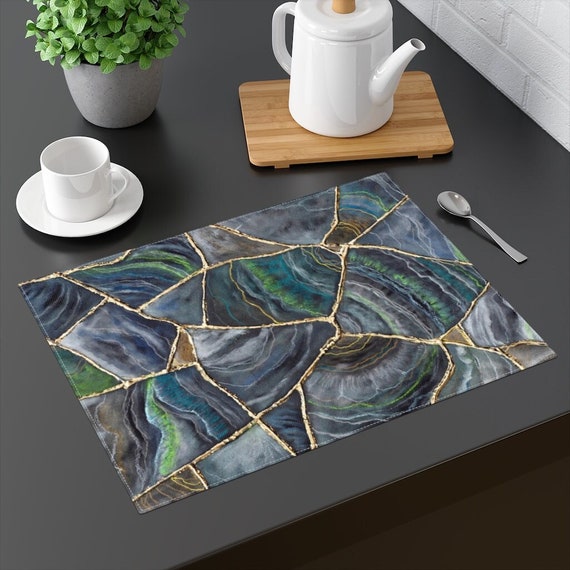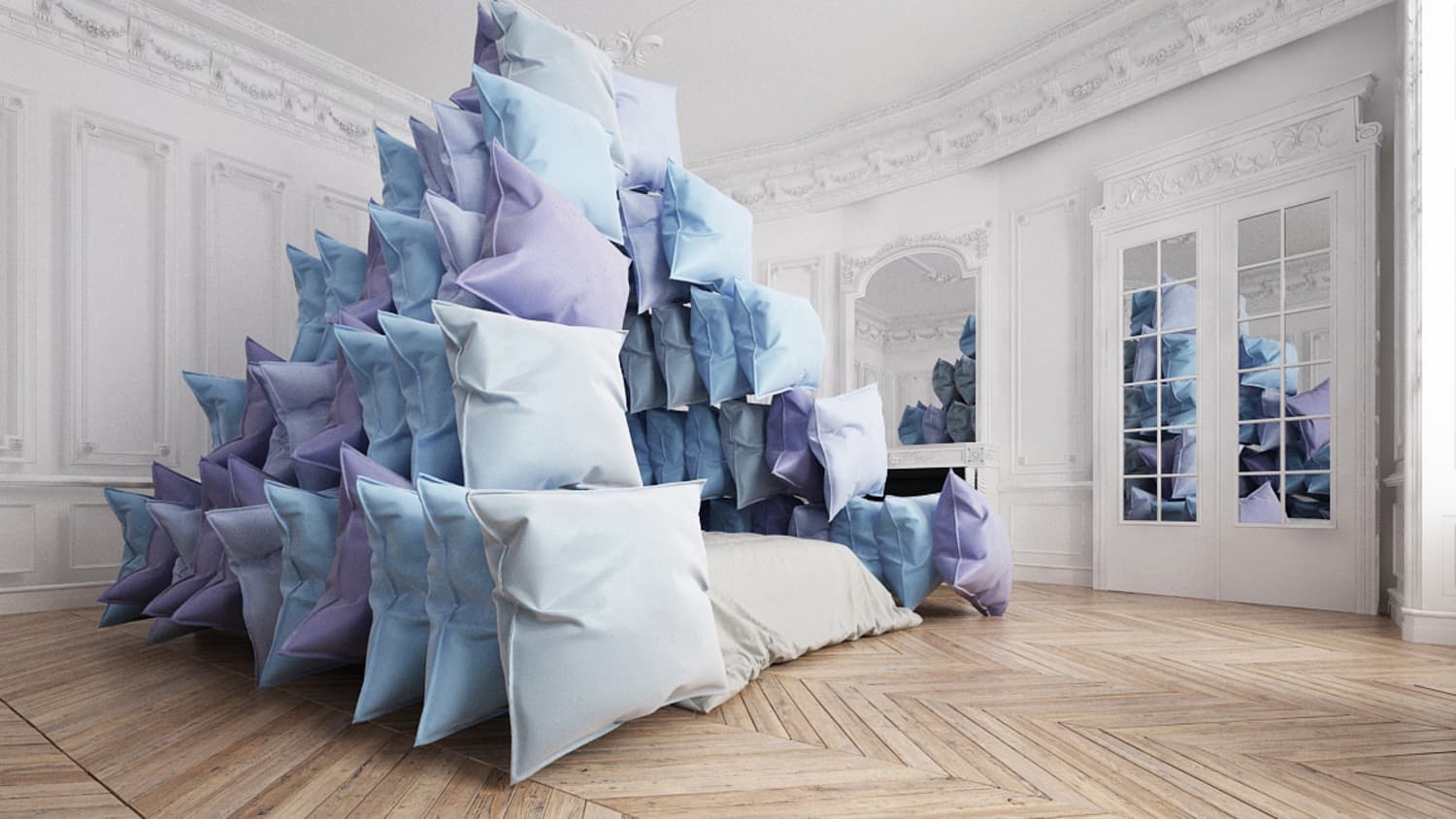4 Simple Techniques For Unique Art
Table of ContentsThings about Unique ArtUnique Art Fundamentals ExplainedUnique Art Fundamentals Explained7 Simple Techniques For Unique ArtUnique Art Can Be Fun For Anyone
While one might debate which art form holds priority, the truth remains that each of these 7 types offers an unique home window into human background, society, and evolution. Unique Art. They are the tapestries that chronicle our trip, reminding us of our past while motivating visions for the future
3 Emil DervishIn this entryway by Emil Dervish that beautiful cobalt blue door steals the program. To bring much more drama, he expanded the paint. to the doorframe and the wall surface up, completing in a curved form (Unique Art). The curves, together with a spherical sconce, soften the edges. Frameworks classic posters and maps of precious places set the scene.
The Best Strategy To Use For Unique Art
8 TRIA GIOVANEqual parts grand and laidback, this entrance hall developed by Anthony Baratta is the perfect blueprint to comply with if you're enhancing an official entrance that still really feels unfussy and comfortable. Patterned textiles take spotlight (see the carpetings and the sofa), but they also aid bring the high ceilings down to a human range when hung over wallpaper.
18 Heidi Caillier DesignA gallery wall surface does not need to take up the whole space. In some cases a small one can make a bigger style statement. In this living area, Hiedi Caillier chose for micro-mini structures and a random make-up.
The aspects of this languageits forms, lines, colours, tones, and texturesare made use of in various ways to create feelings of volume, space, movement, and light on a level surface. These elements are combined into expressive patterns in order to stand for genuine or supernatural sensations, to analyze a narrative motif, or to create completely abstract visual connections.
Later the concept of the "great musician" established in Asia and Renaissance Europe. Famous painters were managed the social status of scholars and courtiers; they signed their job, determined its style and usually its subject and imagery, and developed an extra personalif not always amicablerelationship with their customers. During the 19th century painters in Western cultures started to shed their social position and safe patronage.
An Unbiased View of Unique Art
Others made a revenue via visiting exhibitions of their job. The need to interest a market had changed the comparable (if much less impersonal) demands of patronage, and its effect on the art itself was probably similar also. Typically, artists in the 20th century can reach a target market just through commercial galleries and public galleries, although their work might have been periodically replicated in art regulars.

Do not replicate the style of other musicians if you're searching for your style. Duplicating other individuals's art work can be wonderful in instructional objectives yet it will not make you closer to discovering your very own special design. Your creative style has to be, what you such as and what motivates you.
The smart Trick of Unique Art That Nobody is Talking About
I would think about your very own style as a design you repaint in naturally, when you release all ideas and rules and just concentrate on paint, not thinking of it. The style needs to come normally to you when you are loosened up and you can not force it or it will not be your own design, just another person's.
You need to attempt great deals of different choices and check out everything prior to you can concentrate on one specific design or you'll straight from the source be burnt find more info out, or even worse, you'll despise your very own style. So I suggest you to try every solitary topic that you're interested in, check out as much as you can. Try various tools that excite you and brand-new techniques you have actually never ever tried before.
With time you'll have the ability to sort every one of them right into your preferred and least favored categories. Attempt to concentrate your interest on the topics and tools that you like and prior to you see it coming you'll have your very own individual and unique design, like no person else have! So in the long run you'll have a couple of preferred based on paint and maybe a couple of favored mediums (Unique Art).
The 4-Minute Rule for Unique Art
The style needs to develop itself in time with a whole lot of practice and experiments. Thank you for reading this post and if you have any kind of inquiries leave them in the comments listed below, I 'd enjoy to answer these.